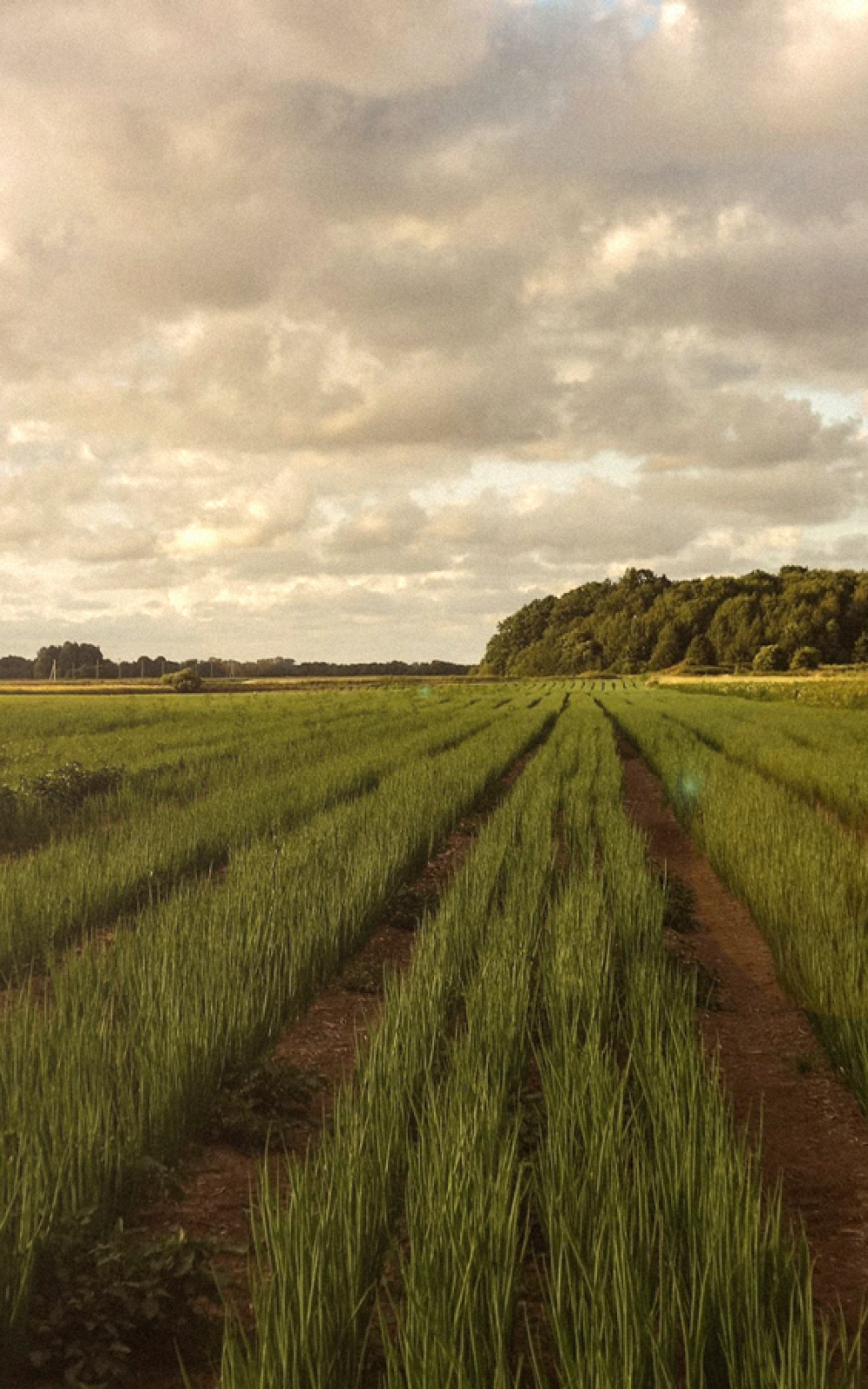About the Project
Setting off on an in-depth analysis of Neolithic migrations
Human evolution is inseparably connected to movements and adapting to new environments. One of the most significant human migrations took place around 8,000 years ago, in the Neolithic, a period marked by major changes in the way of life of prehistoric communities: in their economy, way of living, and social organization.
The MOVE project will study the movements of the first farmers and herders in the area of the Pannonian Plain during the Neolithic period, i.e., the time of the Starčevo and Vinča cultures (ca. 6200-4500 years BC).These agricultural pioneers came from the Near East, bringing new economic strategies and social organization.
We dive into a exploration of the Neolithic migrations
Human evolution is inseparably connected to movements and adapting to new environments. One of the most significant human migrations took place around 8,000 years ago, in the Neolithic, a period marked by major changes in the way of life of prehistoric communities: in their economy, way of living, and social organization.
The MOVE project will study the movements of the first farmers and herders in the area of the Pannonian Plain during the Neolithic period, i.e., the time of the Starčevo and Vinča cultures (ca. 6200-4500 years BC).These agricultural pioneers came from the Near East, bringing new economic strategies and social organization.

Unveiling ancient settlement
patterns with
a multidisciplinary approach
We will try to find out more about their settlement patterns: how they organized the settlements, how long they stayed in one place, and how they adapted to the new natural environment. We will apply state-of-the-art macroscopic and biogeochemical methods used in archaeology, such as digital anthropology, contextual analysis of settlements, stable isotope analysis, and archaeozoological analysis.
This multidisciplinary approach will help us gain new knowledge on important questions about the movements of people and their way of life during this important period. With this approach, we will attempt to gain a deeper understanding of the mechanisms that allowed people to establish permanent settlements, where they predominantly relied on agriculture and animal husbandry, providing a foundation for life as we know it today.

Unveiling ancient settlement
patterns with the multidisciplinary approach
We will try to find out more about their settlement patterns: how they organized the settlements, how long they stayed in one place, and how they adapted to the new natural environment. We will apply state-of-the-art macroscopic and biogeochemical methods used in archaeology, such as digital anthropology, contextual analysis of settlements, stable isotope analysis, and archaeozoological analysis.
This multidisciplinary approach will help us gain new knowledge on important questions about the movements of people and their way of life during this important period. With this approach, we will attempt to gain a deeper understanding of the mechanisms that allowed people to establish permanent settlements, where they predominantly relied on agriculture and animal husbandry, providing a foundation for life as we know it today.
Move
MOVE project is funded by the Science Fund of the Republic of Serbia, as a part of the Prisma program (grant agreement number 7498). The project is carried out within the BioSense Institute, University of Novi Sad.
Move
MOVE project is funded by the Science Fund of the Republic of Serbia, as a part of the Prisma program (grant agreement number 7498). The project is carried out within the BioSense Institute, University of Novi Sad.